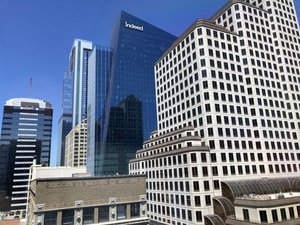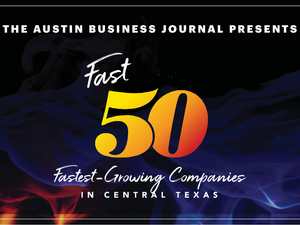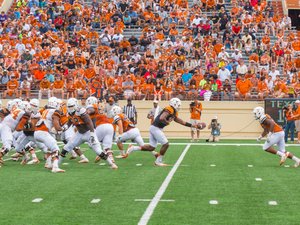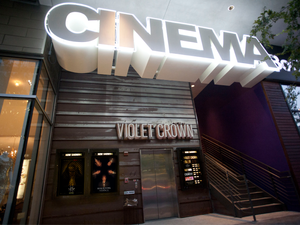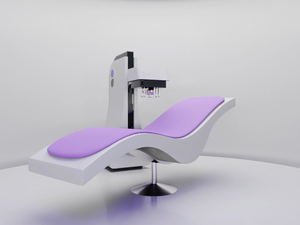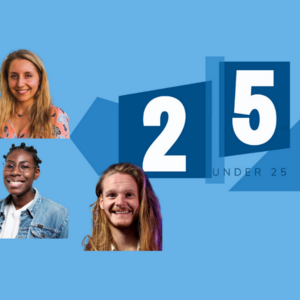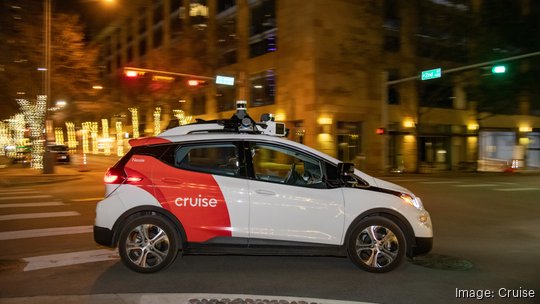
Just as it was expanding into new areas of Austin and offering more rides, Cruise has decided to suspend its operations in Austin and everywhere else it was operating.
The decision to voluntarily halt operations across all of its fleets comes just days after the California Department of Motor Vehicles suspended the GM-backed company's permit to operate in that state. That came after dozens of instances of Cruise vehicles unexpectedly stopping in driving lanes, interfering with emergency responders and being involved in several, mostly minor, collisions.
In a statement posted on X Thursday evening, the company said that it needs to focus on rebuilding trust.
"This isn't related to any new on-road incidents, and supervised AV operations will continue," the company said. "We think it’s the right thing to do during a period when we need to be extra vigilant when it comes to risk, relentlessly focused on safety, and taking steps to rebuild public trust."
Cruise vehicles had been giving taxi-style rides without drivers for several months in Austin from 8:30 p.m. to 5:30 a.m. Earlier this month, it expanded its internal ride service for Cruise employees to 7 a.m. to 7 p.m. as part of its staged rollout, which was eventually planned to extend to the public. It was also beginning to offer rides farther north and south of downtown for friends and family of the company's employees.
"As with everything we do, we are starting small to closely monitor our progress before opening up service to members of the public," the company said at the time.
In the months since it launched in Austin, Cruise has continually touted its safety record, as compared to human drivers, and reiterated its commitment to safety.
But it has also been much more aggressive in its timeline than other self-driving vehicle operations in Austin. Cruise announced its plans to offer rides in Austin in September 2022. It took the company about 90 days from setting up operations in Austin to having fully autonomous vehicles on downtown streets.
Google, for example, was testing self-driving cars in Austin for years without offering any rides to the public – though it provided demonstration rides. Google, which spun its autonomous car unit into Waymo, later left Austin before again returning earlier this year.
It's unclear when Cruise might resume services in Austin or any of its other markets, which include Phoenix and Houston.
"The most important thing for us right now is to take steps to rebuild public trust," the company stated. "Part of this involves taking a hard look inwards and at how we do work at Cruise, even if it means doing things that are uncomfortable or difficult."
